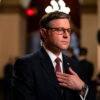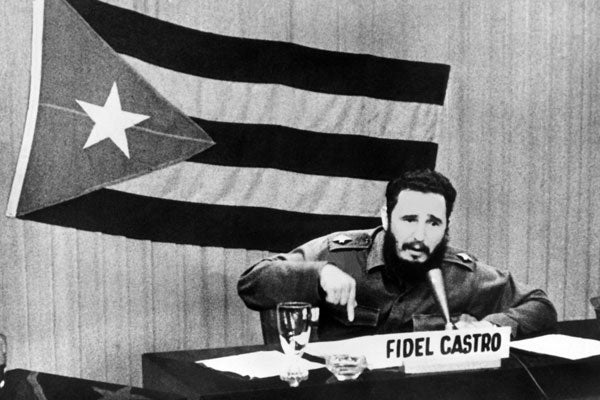Fifty years ago, the world came to the brink of nuclear war.
On October 14, 1962, U.S. policymakers learned that the Soviet Union was building missile bases in Cuba, which would have allowed Moscow to attack anywhere in the continental United States within minutes. An international crisis followed, and while the crisis did not end in a nuclear exchange, it is important that U.S. policymakers never forget lessons the crisis taught us.
The most important one is that it is very difficult to manage allies once they are nuclear-armed. The Soviet Union and Cuba had very different thresholds regarding when the nuclear weapons should be used. Fidel Castro and Che Guevara encouraged the Soviets to use ballistic missiles stationed in Cuba to attack the U.S. This would have meant a nuclear holocaust and an immediate destruction of Cuba. Then-Soviet vice premier Anastas Mikoyan responded, “We see your willingness to die beautifully, but we do not believe it is worth dying beautifully.”
What would have happened had the Cubans had the sole control of nuclear-tipped missiles? Would the Soviets have been able to stop the Cubans from using the missiles? A nuclear holocaust would make Red Dawn look like an afternoon breeze.
Indeed, findings in The Heritage Foundation’s 2010 report on the arms race and arms control dynamic following the spread of nuclear weapons show difficulties involved in managing allied desire to obtain their own nuclear capabilities, especially absent strong U.S. nuclear security assurances and guarantees.
The exercise on which the report is based showed that the Obama Administration’s policies for nuclear arms control, disarmament, and limited defensive capabilities are inadvertently serving to undermine the NATO security umbrella and increase the appetite for nuclear weapons in allied countries. It has been two years since the report was published, and 54 percent of Turkish survey respondents say they favor Turkey developing its own nuclear weapons in response to an Iranian nuclear threat.
Secondly, deterrence is not automatic, and leaders do not have the same perceptions of what is rational. Keith Payne illustrates this lesson in his brilliant book The Great American Gamble: Deterrence Theory and Practice from the Cold War to the Twenty-First Century.
Uncertainty, miscalculation, and misperception played an extraordinary role during the Cuban missile crisis. According to then-Secretary of Defense Robert McNamara, the world came “within a hair’s breadth of nuclear war.” Despite U.S. nuclear superiority at the time, the Soviets—at least initially—were not deterred and still decided to build bases and deliver ballistic missiles to Cuba. For the historical record, Castro asked the Soviet Union to reintroduce nuclear weapons to Cuba yet again in 1981.
To hedge against both dangers, the U.S. should provide credible assurance to its allies that rely on U.S. nuclear umbrella. The U.S. should also adopt a “protect and defend” strategic posture, which entails fielding missile defenses, adopting other defensive measures, and maintaining strong conventional forces and a modernized, credible nuclear deterrent.




























